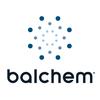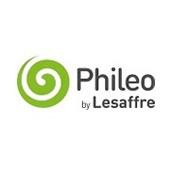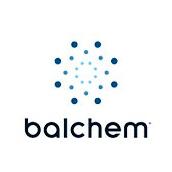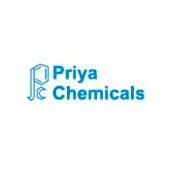Reproductive Performance in High-producing Dairy Cows: Can We Sustain it Under Current Practice?- Part II
As part of one of the biggest team of bovine practitioners in Germany we take also care of the rations of our clients. Based on our experience the biggest obstacle in the reproductive perfomance of high yielding cows in our region is the subclinical hypocalceamia as consequence of potassium concentration in our forages. We try rations based on maissilage that are low in K (0,8 - 1,2 %)but the alkalosis is still too high. This situation often leads to subclinical hypocalcemia. The consequences are not only problems in the reproductive tract like "light" metritis because of an unnormal involution of the uterus. We also notice that cows under a light subclinical hypocalcemia eat less than othes and start a ketosis phase. Our startegy to limit this challenges is a controlled use of anionic rations with SoyChlor and intensification of the management of the far-off, close-ups and starter groups.
Use of Dietary Cation-Anion Difference (DCAD) in Formulating Dry Cow Rations
1.The first step in calculating DCAD is to have a macromineral analysis for all feeds in the diet. Wet chemistry techniques are recommended for accurate mineral analysis.
2.Select forages that are low in potassium. This will result in a lower DCAD, thus reducing the amount of anionic salts necessary to achieve desired effects.
3.Calculate DCAD using the formula presented in this paper (page 3).
4.If anionic salts are to be supplemented, start with magnesium sulfate, because it’s the most palatable. Add until total magnesium is 0.4% of dry matter. Next, add calcium sulfate and/or ammonium sulfate until sulfur is 0.4 to 0.5% of dry matter. Last, add calcium chloride and/or ammonium chloride until DCAD is -5 to -15 milliequivalents per 100 g dry matter.
5.Elevate the calcium to 1.5 to 1.8% of dry matter. Negative DCAD diets increase urinary calcium excretion, so more dietary calcium is necessary to meet requirements.
6.After a week of feeding anionic salts, monitor the urine pH of close-up dry cows. If pH is above 7.0, more anionic salts can be added. If pH is 6.5 to 5.5 and dry matter intake is acceptable, then continue with the current diet. However, if pH is less than 5.5 or dry matter intake has significantly declined, remove some of the anionic salts. When selecting anionic salts, consider the source. Some sources may have a higher bioavailability, thus increasing the likelihood of sufficient mineral absorption. Do not use sodium chloride and potassium chloride because they contribute both anions (sodium or potassium) and cations (chloride), so their effect is neutralized. When using ammonium salts, check non-protein nitrogen levels to avoid ammonia toxicity. Minimize ammonium salt in diets with more than 70-75% of its protein in the degradable form.
REFERENCES
Block, E. 1984. Manipulating dietary anions and cations for prepartum dairy cows to reduce incidence of milk fever. J. Dairy Sci. 67:2939.
Daniel, R.C.W. 1983. Motility of the rumen and abomasum during hypocalcemia. Can. J. Comp. Med. 47:276.
Davidson, J., L. Rodriguez, T. Pilbeam, and D. Beede. 1995. Urine pH check helps avoid milk fever. Hoard’s Dairyman 140:16:634.
Goff, J.P., M.E. Kehrli, Jr., and R.L. Horst. 1989. Periparturient hypocalcemia in cows: prevention using intramuscular parathyroid hormone. J. Dairy Sci. 72:1182.
Goff, J.P., E.T. Littledike, and R.L .Horst. 1986. Effect of synthetic bovine parathyroid hormone in dairy cows: prevention of hypocalcemic parturient paresis. J. Dairy Sci. 69:2278.
Guard, C. 1996. Fresh cow problems are costly: culling hurts the most. Page 100 in Proc. 1994 Ann. Conf. Vet., Cornell Univ., Ithaca, NY.









.jpg&w=3840&q=75)